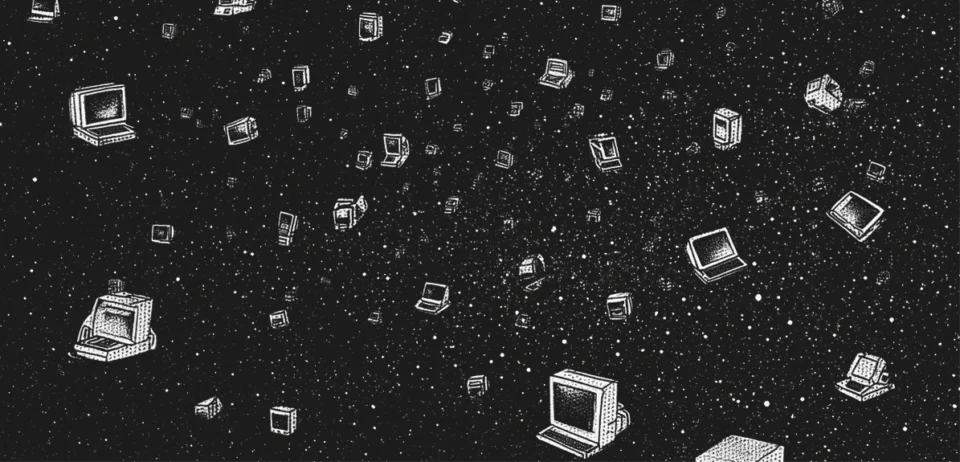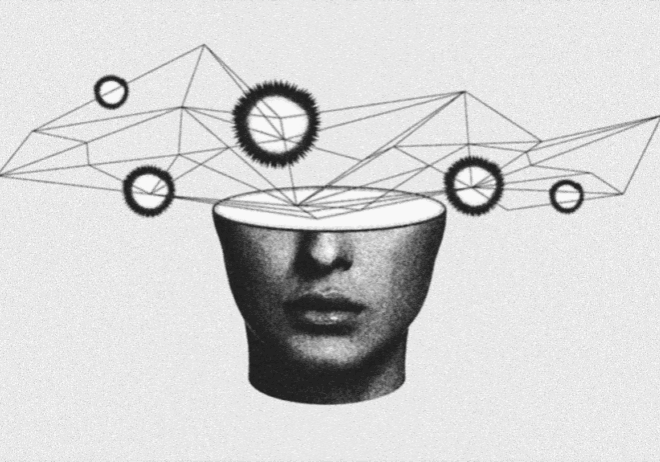
Why AI Slop is the Internet’s Newest Threat to Sanity
AI slop has become a common phrase and a dominator in Internet culture. Wherever you scroll, you will see nonsense AI imagery that makes you feel repulsive or stupefied.
A cat wearing a strawberry diaper roams around with a big-muscled Alpha cat narrating a story that doesn’t make sense but makes you see it through to the last second.
It’s not impressive that you’ve seen Strawberry Diaper Cat on Facebook. What’s truly telling is how it ended up in your feed at all—and why you watched it. You didn’t search for it. You didn’t ask for it. But here you are, confused and still clicking.
Today, we are diving deep into the depths of AI slop, its flooding into digital spaces, and the impact on users.
The rise and shine of AI slop into the very lives of humans
It started with wonder. DALL·E, Midjourney, Runway, and Stable Diffusion allowed users to prompt vivid images from thin air.
Soon after, anyone with internet access could generate castles in the sky or a dog dressed as a Victorian king. But somewhere between innovation and mass adoption, the creative use of AI began to rot.
The barrier to entry for generating content became nonexistent, and as platforms favored quantity over quality, the floodgates opened.
AI slop results from these mass-generation tools mixed with an algorithmic system that rewards anything that provokes a reaction. It’s a perfect storm: automated content farms, users chasing engagement, and AI models trained on recycled internet garbage.
According to a 2024 report from the Center for Humane Technology, over 36 percent of visual content viewed on social media platforms in the U.S. was AI-generated, and a growing chunk of that is categorized as “low-quality, misleading, or non-contextual.”
The rise of AI slop isn’t just a tech issue. It reflects a larger cultural shift, where the line between absurdity and art, novelty and noise, has completely blurred. Platforms optimized for attention have become breeding grounds for digital trash.
What makes AI slop so ugly yet so addictive
AI slop content has a distinct look and feel. It’s surreal, disjointed, and often grotesque. Cats with human abs. Babies with three arms. Buildings that melt into the sky.
These creations evoke confusion, discomfort, or sometimes hypnotic fascination. This isn’t accidental—it’s what makes them go viral.

This visual chaos thrives on a loophole in human psychology. We’re wired to notice anomalies. When something doesn’t look right—when a dog has too many teeth or a person has backward hands—we stop scrolling.
Research from MIT shows that irregular or uncanny visuals increase average screen time by up to 37 percent compared to well-composed, realistic ones.
AI-generated slop weaponizes that curiosity. It’s not crafted to make sense or carry meaning; it’s built to disrupt. Its “ugly but sticky” aesthetic is the opposite of traditional digital design, emphasizing clarity and beauty.
Instead, this aesthetic functions like visual clickbait. And for many users, it works like a slot machine—you never know what fresh horror you’ll see next.
Engagement at the cost of sanity
If you’ve ever found yourself five minutes deep in a feed full of dancing humanoid hamsters or glitchy, AI-rendered voices telling stories of sentient vacuum cleaners, you’re not alone.
Social media platforms are engineered to maximize engagement, and AI slop performs.
There are tech companies, specifically Meta, that have gone above and beyond in applying GenAI and automation to create ads. Meta allows advertisers to create ad creatives with remarkable speed and precision. But that’s what we are hinting towards. They are going at the speed of an atomic chain reaction.
Worse, we engage with content without value, story, or creativity. It’s visual sugar. It feels like content, but it leaves nothing behind. That’s not just a problem of taste—it’s a cognitive issue.
Studies by the University of Oxford found that exposure to incoherent, AI-generated content over time reduced short-term focus and information retention by nearly 23 percent in test groups.
When users are constantly subjected to low-grade AI slop, their threshold for novelty drops. The brain begins to crave more absurdity, more noise, and less coherence. It’s a dopamine trap with no satisfaction.
The cost is not just in the wasted minutes—it’s in the slow erosion of our ability to focus, process meaningful stories, or find joy in human-made creativity.
Algorithms gone wild with the excess of AI slop
Behind every strange piece of AI slop, an algorithm shows it to you. You may not have searched for strawberry-diaper-cat, but Facebook’s recommendation engine decided it would stop your thumb.
These algorithms aren’t broken—they’re doing exactly what they were trained to do.
What’s changed is the nature of their training material. With millions of AI-generated images and videos dumped into the digital ecosystem every week, recommendation systems prefer them. That’s because AI content is cheap, quickly mass-produced, and often performs just well enough.
According to a 2025 report by AlgorithmWatch, AI-generated media accounted for over 40 percent of the top-performing short videos on Meta-owned platforms, most of which were traced back to content farms using automated generators. This isn’t an exception. It’s the new normal.
Algorithmic feedback loops reward slop. The more people pause on strange, AI-enhanced videos, the more of them they get. Soon, the human-curated internet becomes a thing of the past, replaced by a stitched-together Frankenstein of prompt-based nonsense.
The human brain needs a reboot
Living in an AI-slop-infested feed doesn’t just waste time—it rewires how we see the world. In a space where randomness wins and attention is monetized, our sense of meaning begins to shrink. We no longer ask what the content is saying. We wait for the following absurdity.
Mental health researchers warn that overstimulation from incoherent content contributes to burnout and detachment. This isn’t just about aesthetic fatigue—it’s about mental wellness. Our brains crave coherence.
The more time we spend drowning in absurdity, the harder it becomes to appreciate nuance or savor complexity.
Feed your feed with intention
The next era of digital life shouldn’t be defined by resisting AI altogether—it should be about being intentional with the kind of AI content we choose to engage with. The reality is that AI is here to stay, but we still have agency over what we consume, share, and elevate.
That means moving beyond doom-scrolling through endless AI-generated noise and toward a more mindful digital experience. It means recognizing the difference between high-quality, thoughtfully guided AI-assisted content and what many now refer to as “AI slop”—mass-produced, contextless, and soulless material that dilutes the value of online spaces.
This shift calls for supporting creators who take their time—those who use AI as a tool, not a crutch, and who prioritize substance, originality, and purpose. It means curating your algorithmic feeds to reflect values like trust, authenticity, and depth.
In other words, it’s time to feed your feed with intention. To shape a digital environment where thoughtful creation—human or human-guided—rises above noise. Because the real issue isn’t AI itself; it’s whether we choose to consume passively or purposefully.
Cut to the chase
Not all AI content is equal. The difference lies in who’s behind it, how it’s made, and why it exists. By supporting creators who take the time to think, craft, and care—even when using AI—we can help shape a healthier digital ecosystem. One where quality rises over quantity, where attention is earned, and where your feed reflects your values, not just your clicks.


